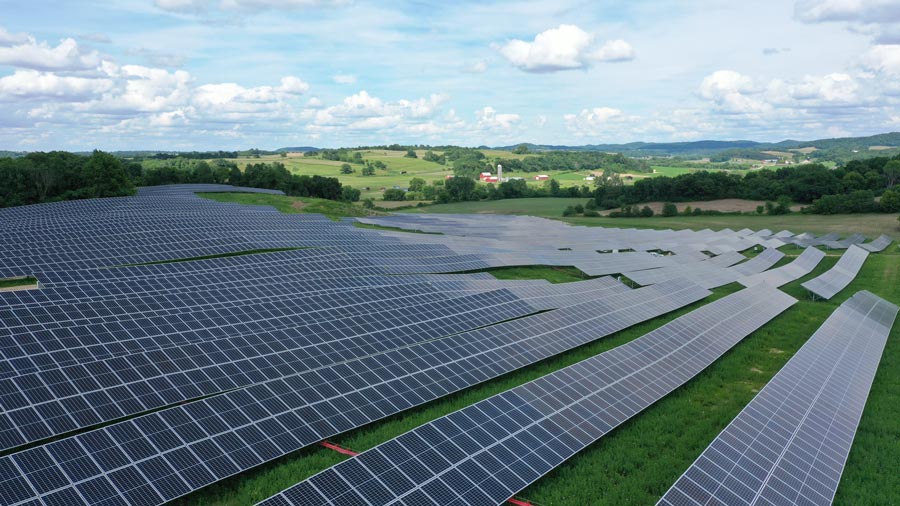
US solar developer OneEnergy has signed an asset transfer agreement with Wisconsin companies We Energies, the Wisconsin Public Service Corporation (WPC) and Madison Gas and Electric (MGE) that will see the developer build a 165MW solar portfolio in Wisconsin.
The portfolio will consist of two projects, the 98MW Good Oak project and the 67MW Gristmill facility, which OneEnergy plans to build in 2026 and 2027. The projects will be handed over to the other companies, of which WPC and MGE are utilities, to manage once they reach commercial operations, but OneEnergy did not include a timeframe for the projects’ commissioning.
Try Premium for just $1
- Full premium access for the first month at only $1
- Converts to an annual rate after 30 days unless cancelled
- Cancel anytime during the trial period
Premium Benefits
- Expert industry analysis and interviews
- Digital access to PV Tech Power journal
- Exclusive event discounts
Or get the full Premium subscription right away
Or continue reading this article for free
“We are fortunate to partner with an amazing group of landowners hosting these projects and are excited to be constructing them for a similarly strong group of utility partners,” stated Eric Udelhofen, vice president of development at OneEnergy.
“Working with We Energies, WPS and MGE on these two utility-scale projects will build on a solid foundation of prior collaboration across the numerous distributed solar projects we have developed and constructed with them across Wisconsin.”
OneEnergy has developed 22 solar projects in the state, with a combined capacity of 123.4MW. While the company’s single largest solar project, by capacity, is the 107MW Goose Prairie project in Washington state, Wisconsin is the state with the most solar capacity installed by OneEnergy, led by the 32MW Butter Solar project.
The Wisconsin solar sector has grown considerably in recent years, with the state adding more than 800MW of new capacity in 2023, more than the combined capacity added in 2021 and 2022. In January, MGE and We Energies commissioned the 3000MW Badger Hollow project, the largest in the state by capacity.
The state’s capacity additions ranked ninth among the 50 US states, according to the US Solar Energy Industries Association (SEIA), and the association expects 4.9GW of new capacity to be added in the next five years.
Solar is also likely to play a key role in the decarbonisation of the Wisconsin energy mix more broadly. In 2022, the state government implemented plans for “carbon-free” power to meet 100% of its energy consumption by 2050, and a key part of this transition will involve the replacement of fossil fuel projects with solar facilities. The state has announced plans to retire three of its seven utility-scale coal plants, with a combined capacity of 2.8GW, and expects to add 2.5GW of new solar capacity in the coming years.
Some of this desire for new solar capacity could be driven by uncertainty over the future of pieces of legislation key to the energy transition, such as the Inflation Reduction Act (IRA), following the re-election of Donald Trump to the presidency. While Dan Lashof, US director at the World Resources Institute, said that a new Trump administration would not be the “death knell” of the clean energy transition, the president-elect’s longstanding support for fossil fuels has raised questions over the potential growth of the US solar sector.






